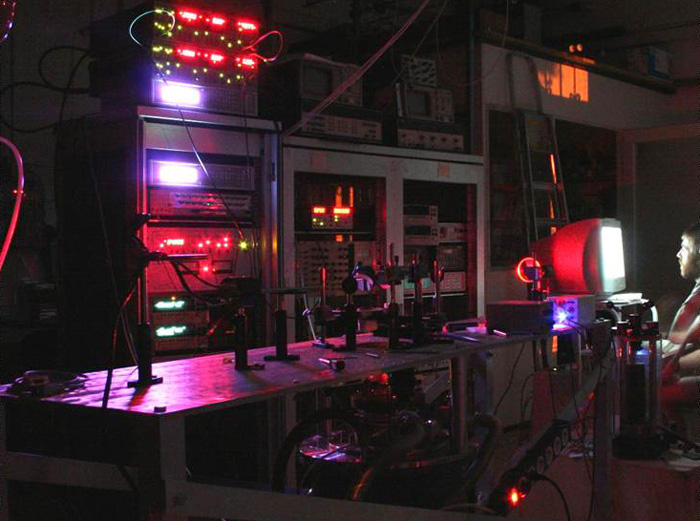2012. November 06.
A technique that identifies malaria infections in blood using cheap magnets and run-of-the-mill pocket lasers has been developed by physicists of BME.
Malaria is one of the world’s most insidious diseases. It infects some 200 million people every year and kills 1 million of them. So the race is on to find a cheap and simple way to identify the disease. This technique exploits the unique magnetic and optical properties of crystalline waste produced by malaria parasites in the bloodstream and offers an inexpensive, sensitive and reliable alternative to existing diagnostic tools.
The researchers are Ádám Butykai and Ágnes Orbán doctoral students, the team leader is István Kézsmárki. The research project featured in collaboration with several national research institutes and it is a part of "Nanophysics, nanotechnology and materials sciences" research project of BME.

Photo: Magneto-optical Laboratory
Magneto-optical spectroscopy laboratory
Magneto-optical spectroscopy laboratory


